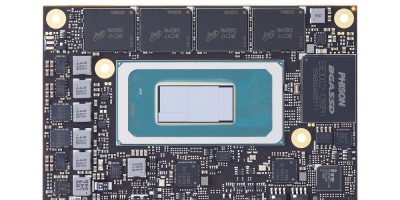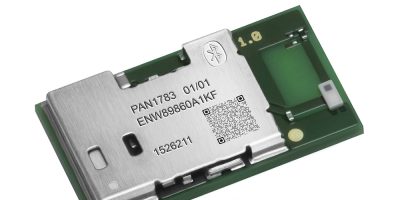Stephano-I Click from MIKROE, is a compact add-on board designed to add WiFi and Bluetooth LE connectivity to any embedded application. A new member of Mikroe’s mikroBUS enabled Click board family, this board features the Stephano-I (2617011025000) radio module from Würth Elektronik.
Comments Nebojsa Matic, CEO of Mikroe: “Stephano-I Click is ideal for IoT, smart home, and industrial applications, enabling low power wireless communication with smart devices and cloud services.”
The Stephano-I module supports IEEE 802.11 b/g/n WiFi in the 2.4GHz band and Bluetooth LE 5 in both peripheral and central roles, offering dual radio support with a simple AT command interface over UART. It features a 1Mbps data rate, WiFi output power up to 13.4dBm, and Bluetooth LE output power up to 4.5dBm. The Click board includes standard UART communication pins, hardware flow control, reset and wake-up options, and additional unpopulated debug and boot control pins for advanced functionality.
Stephano-I Click is fully compatible with the mikroBUS socket and can be used on any host system supporting the mikroBUS standard. It comes with the mikroSDK open-source libraries, offering unparalleled flexibility for evaluation and customisation.
Stephano-I Click also features the ClickID function which simplifies use by enabling the host system to seamlessly and automatically detect and identify this add-on board.






